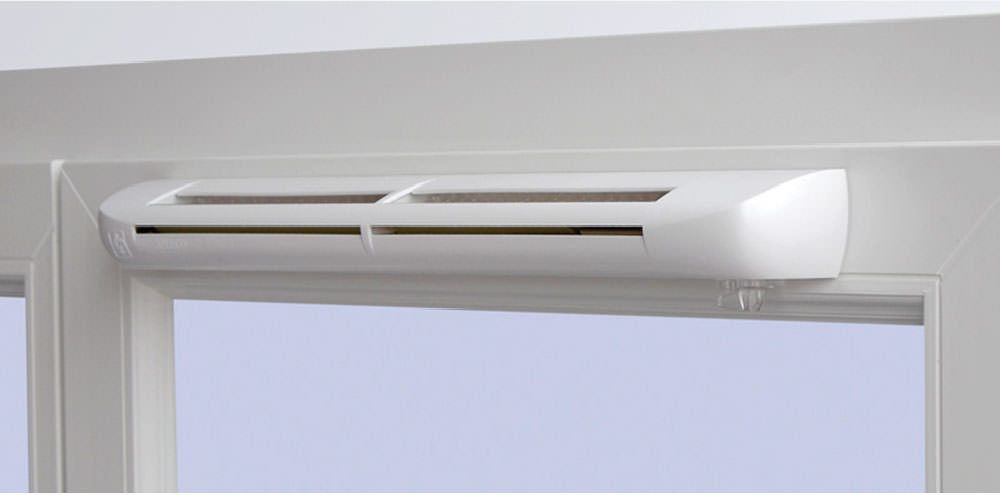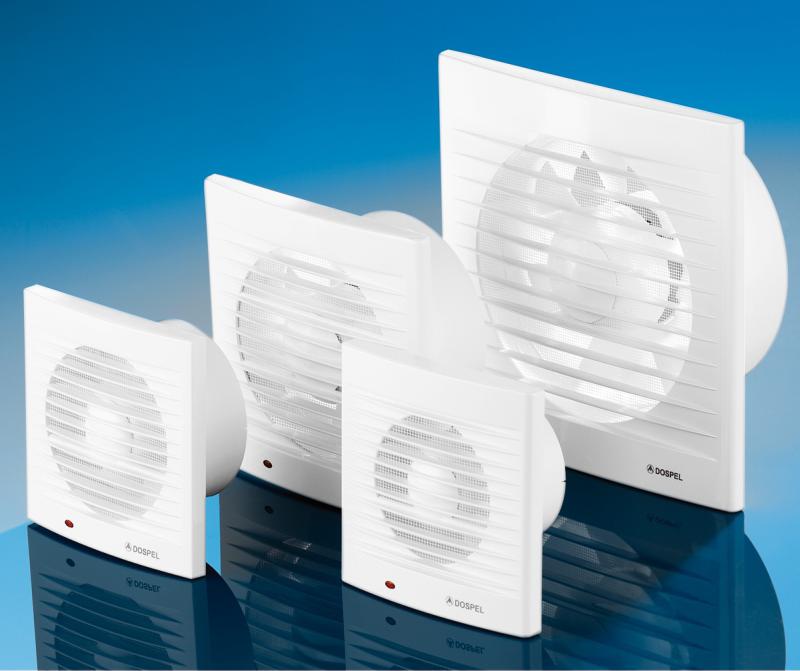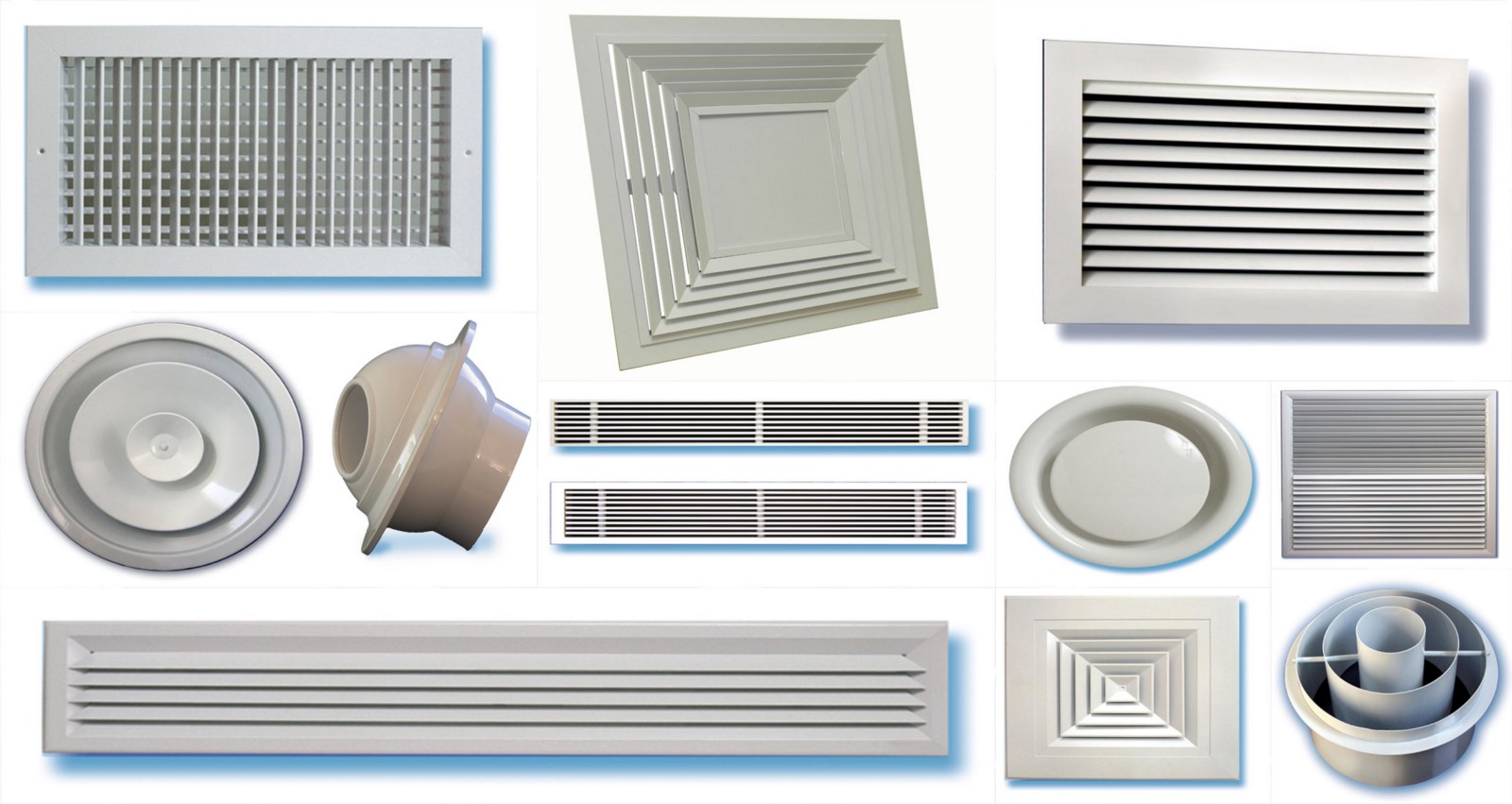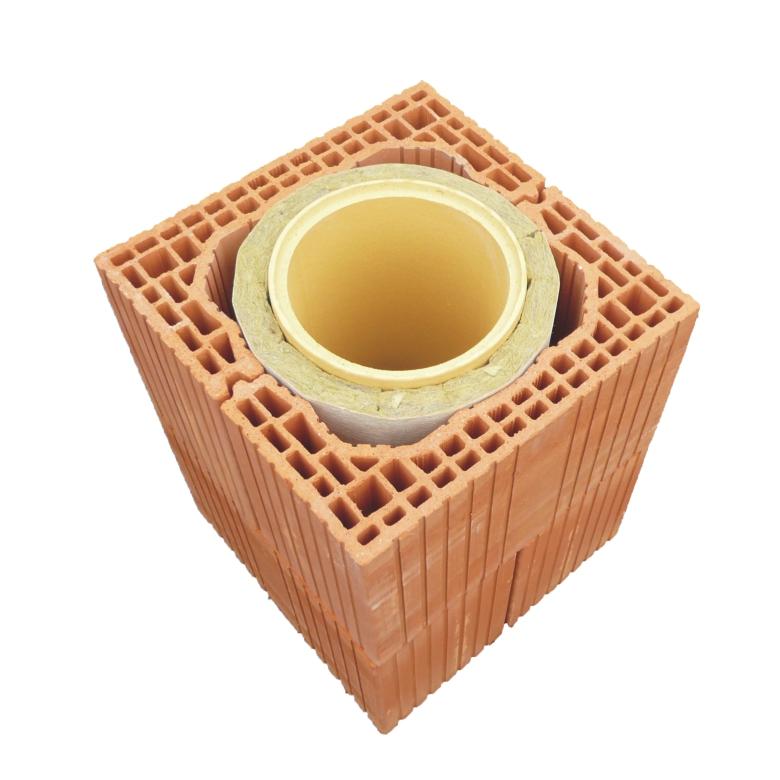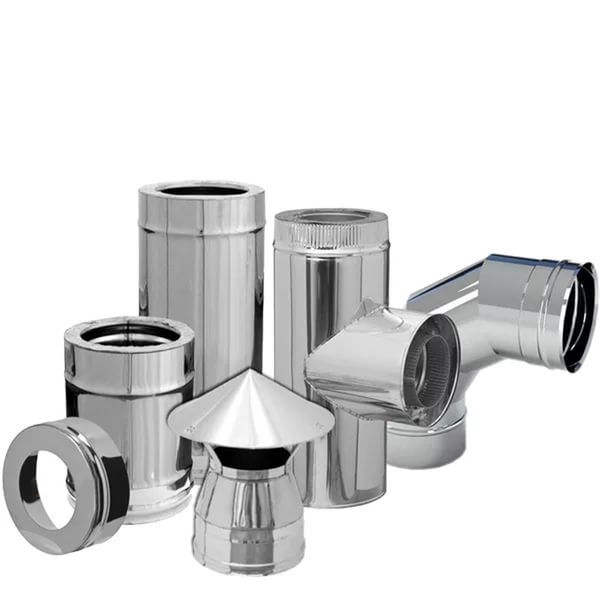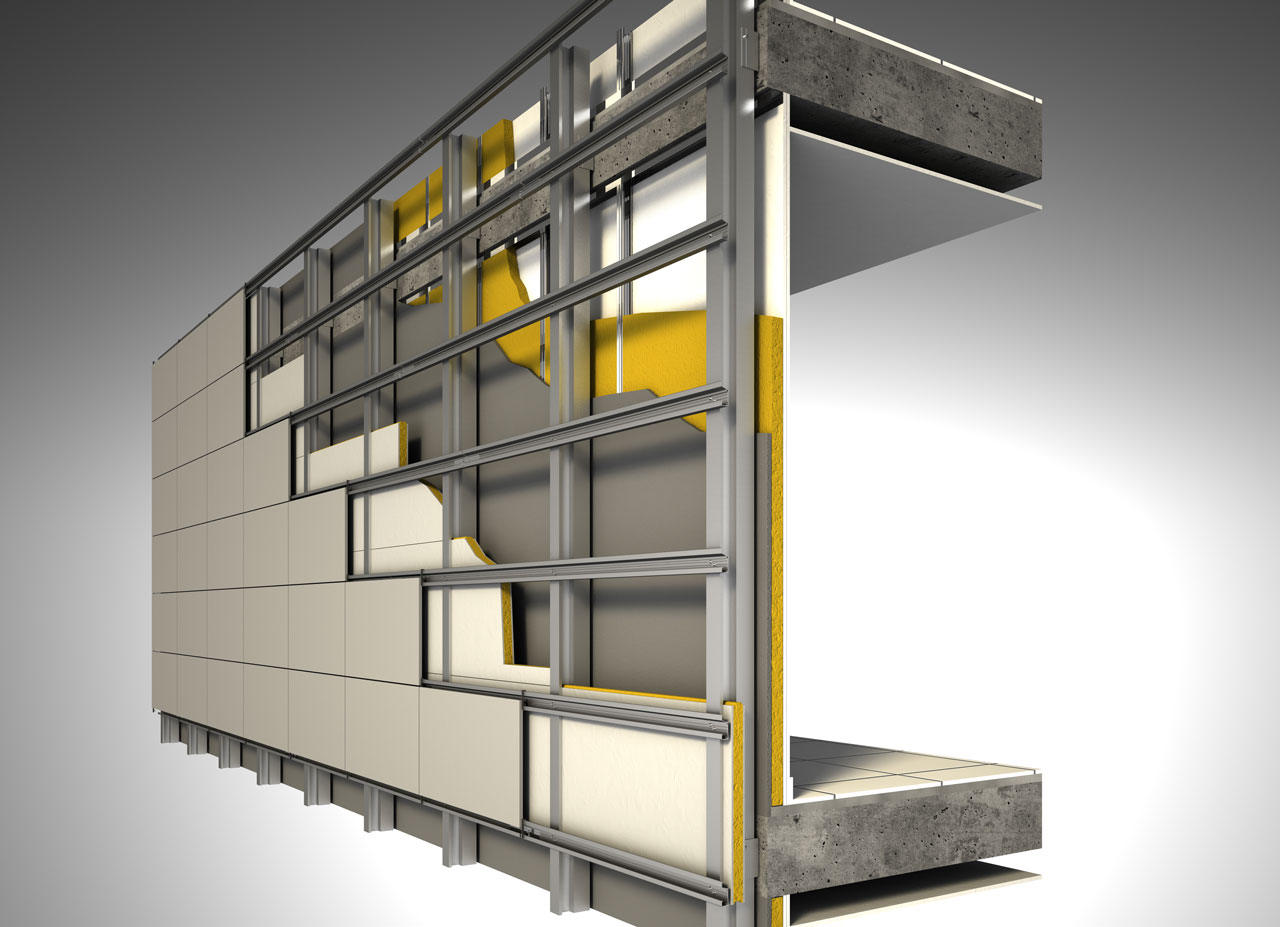Any building must be equipped with a ventilation system. It helps to remove excess moisture, carbon dioxide and unpleasant odors. Thanks to the ventilation system, fresh air flows into the room and a comfortable microclimate is created.
Ventilation is a construction of several elements, each of which is responsible for a specific function. One of these elements is an air duct. It transfers the air sucked in by the fan from the hood to the outside. Currently, there are quite a few different shapes and designs of hoods, but some models require masking of internal parts. The masking function is performed by a special box for the hood.
What is a box?
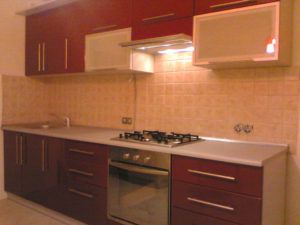
The ventilation box for the hood in the kitchen can be made of wood, MDF, plastic, metal. The most popular structures are plastic ones, since they are distinguished by a more attractive appearance, high strength, resistance to mechanical damage and ease of maintenance. However, for making a box with your own hands, MDV, wood or metal are most often used.
This design is a wall cabinet made, as a rule, of the same material as the kitchen set. The cabinet, located directly above the hood, hides the ventilation pipe and the interior of the hood inside.
It should be borne in mind that for each type of hoods different models of boxes are made. So, for a built-in classic hood, boxes of the same standard size are used, and for built-in telescopic ones - different ones.
Making a box with your own hands
Hood size:
- the width of a standard built-in hood is 50 or 60 cm.Therefore, if you make a box with your own hands, carefully monitor the exact dimensions: its width should be exactly 50 or 60 cm.If the dimensions do not match, the quality of the device decreases;
- the depth is, as a rule, 28 cm. However, if the hood box in the kitchen is used as a cabinet, then the depth can be increased;
- the height of the box will depend on the height of the hostess and the distance that safety rules require - no more than 85 cm and no less than 65 cm. In addition, the height of the structure should also be adjusted to the size of the kitchen furniture.
Facade
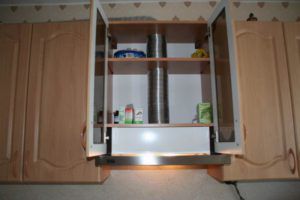
The front part of the structure can be made in the form of two swing doors or one horizontal door opening from below. The design of the facade can be very diverse, but you should not make glass doors, since the inside of the box will be visible behind them. If glass is chosen as the material for the manufacture of doors, then it is best to tint it.
The front of the cabinet should be similar to the front of the rest of the kitchen cabinets. It should be remembered that it performs a decorative function, masks all existing flaws. It is best to purchase a custom-made headset, having previously informed the masters of the dimensions of your hood. If you decide to make a box with your own hands, then select the material of the same color and quality as the kitchen furniture is made of.
The material of the box must be resistant to the effects of household detergents and cleaning agents, since moisture and grease settle on all kitchen surfaces.
Manufacturing
- First of all, you need to make a sketch of the future design in full size, and then cut out the blanks according to the finished drawing. To keep the edges of the parts smooth and neat, it is best to saw the material using an electric jigsaw. A hole for the ventilation corrugation should be made on the bottom shelf.
- All panels are connected to each other using self-tapping metal corners. To hold one joint together, you need two corners with a thickness of at least 2 mm.
- You can increase the rigidity of the structure using a shelf installed in the middle. The middle shelf and back walls are installed after the installation of the box itself.
- The doors are fastened after the entire structure is ready.
Plastic boxes
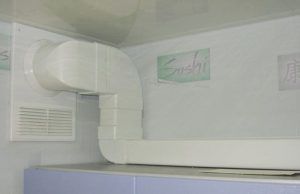
Plastic boxes are made of polyvinyl chloride - a special material that has many positive qualities. These structures are environmentally friendly, resistant to various chemical liquids, are highly durable, are not afraid of temperature extremes and are lightweight.
Unlike structures made of wood and MDF, these products are round, rectangular or square pipes that have a rather neat and presentable appearance and fit into the interior of any room.
Another advantage of plastic ventilation structures is that they can be easily hidden under stretch ceilings. Due to their reliability and durability, such structures will not cause the forced dismantling of the ceiling due to unexpected damage to the ventilation duct. In addition, these structures can be easily sewn up with drywall sheets, decorated with wallpaper or simply painted.
Quite often, plastic boxes are simply stacked over kitchen cabinets. In this case, they look much better compared to corrugated pipes, which over time become covered with a layer of grease and dirt and are very difficult to clean. It is easy to care for plastic boxes, they have a neat and attractive appearance and do not spoil the interior of the kitchen. The disadvantages of these products are the high cost and complexity of installation.
How to choose?
If you decide to install a plastic ventilation box with your own hands, then you should remember that all parts must be made by one manufacturer and released in one batch. Otherwise, individual items may differ in quality, color, and sometimes in size. To avoid such troubles, it is best to purchase a ready-made kit.
When purchasing boxes in a store, it is advisable to immediately check all the parts for the reliability of the connections - they should fit into each other without effort, but rather tightly.
The most common sizes that are produced for production are:
- 110 * 105 mm, 120 * 60.mm, 204 * 60 mm - section;
- 0.5 m, 1 m, 1.5 m, 2 m or 2.5 m - channel length.
On sale you can find white, solid colored or wood-painted boxes. Therefore, everyone can choose a color suitable for their kitchen.

